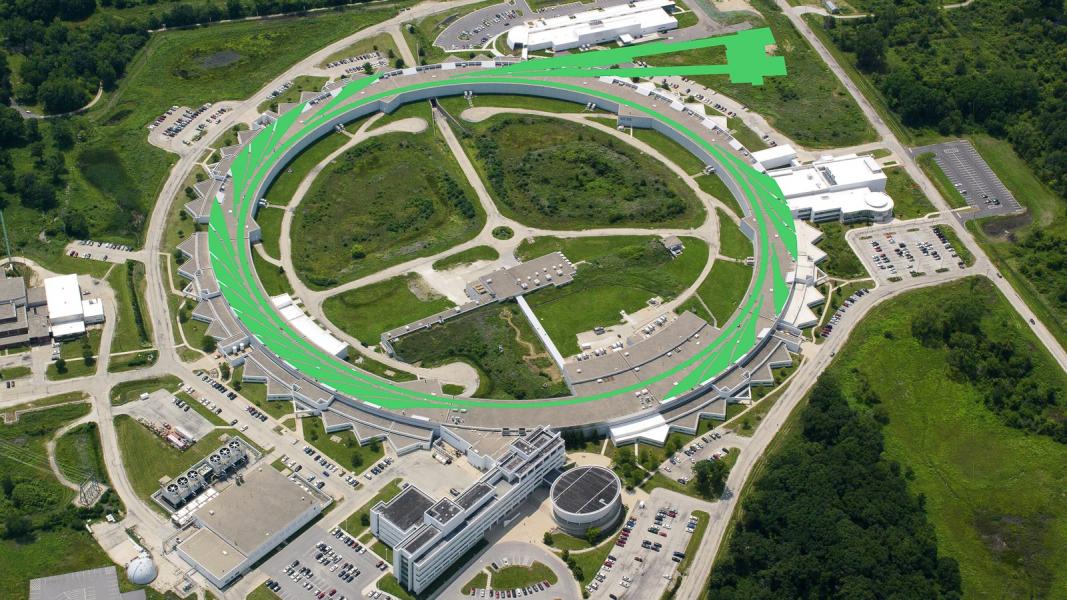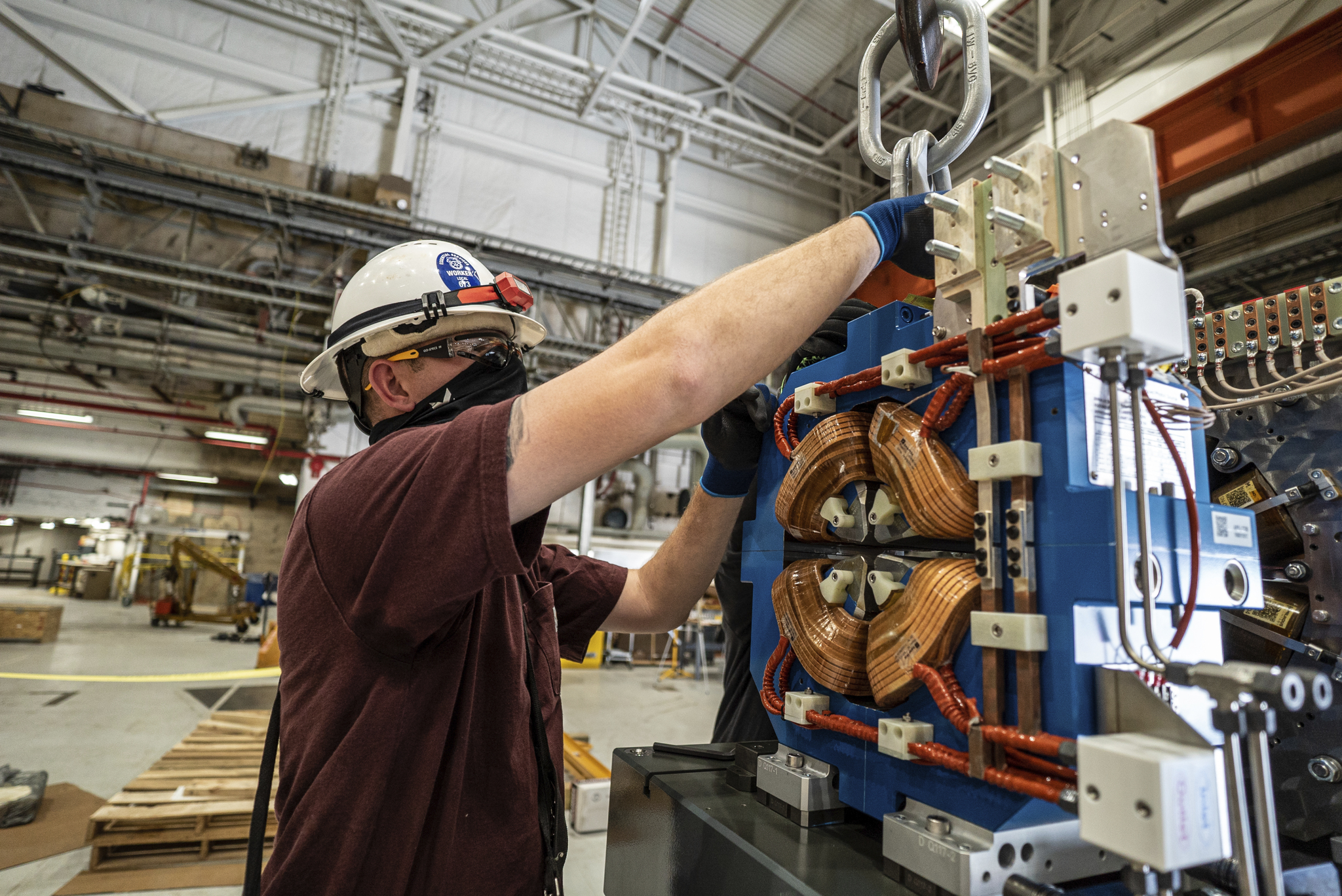
For more than 25 years, the Advanced Photon Source (APS) has been one of the most productive X-ray light sources in the world. Now a massive upgrade to the facility will increase the brightness of the X-ray beams by up to 500 times. This will allow scientists to study materials at the atomic level with higher precision and at faster speeds.
The APS Upgrade project (APS-U) will see the current electron storage ring replaced with a state-of-the-art multi-bend achromat lattice. The project includes the building of new feature beamlines to make use of the increased brightness and coherence of the APS X-ray beams, and significant enhancements to multiple existing beamlines. It also includes the construction of the Long Beamline Building, which will house two of the feature beamlines.
Installation of the new storage ring will require a one-year shutdown of the APS, during which time its X-ray beams will be unavailable to the scientific community. The installation and commissioning period is currently scheduled to begin in April 2023, with the upgraded APS coming online one year later. Initial operations will be at reduced current and availability as the machine is tuned up.

In conjunction with the data-analysis muscle of the Argonne Leadership Computing Facility, which will bring the powerful Aurora supercomputer online in the near future, the upgraded APS will enable next-level studies and important innovations in several fields, including:
- Batteries that last longer and charge faster for the electric vehicles of the future
- Stronger materials for roads and bridges with less degradation over time
- More efficient solar cells for cleaner energy
- A better understanding of the brain that could lead to treating neurological disorders more effectively
- Cleaner and more effective catalysts to reduce pollution
- Quantum materials for the next generation of electronic devices
It’s an exciting time for the APS. Please continue to check this site for up-to-date information on the progress of the upgrade project, and the new capabilities the upgraded machine will offer.
